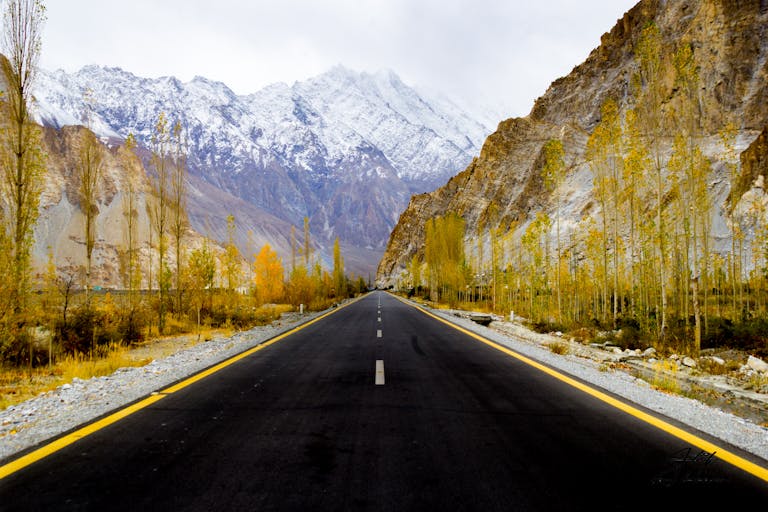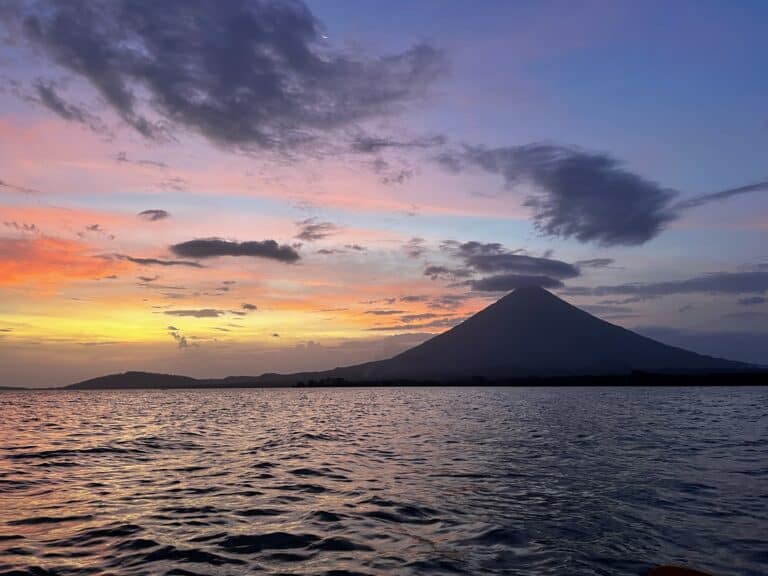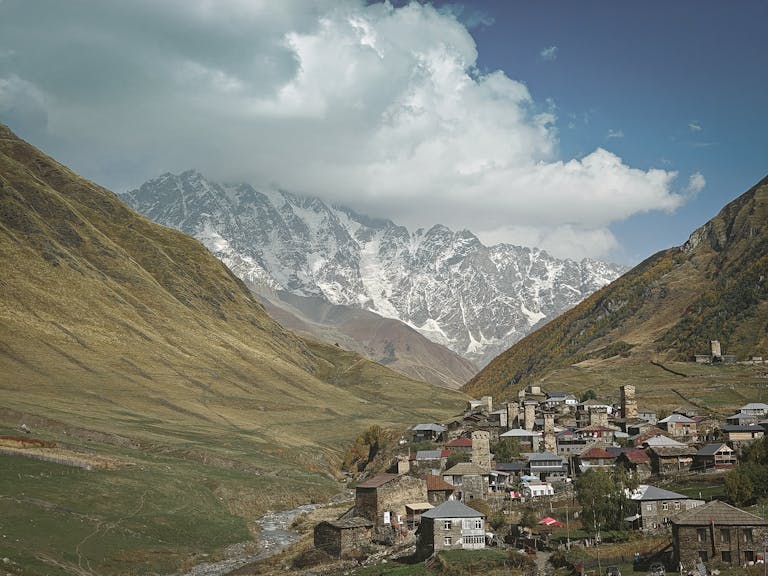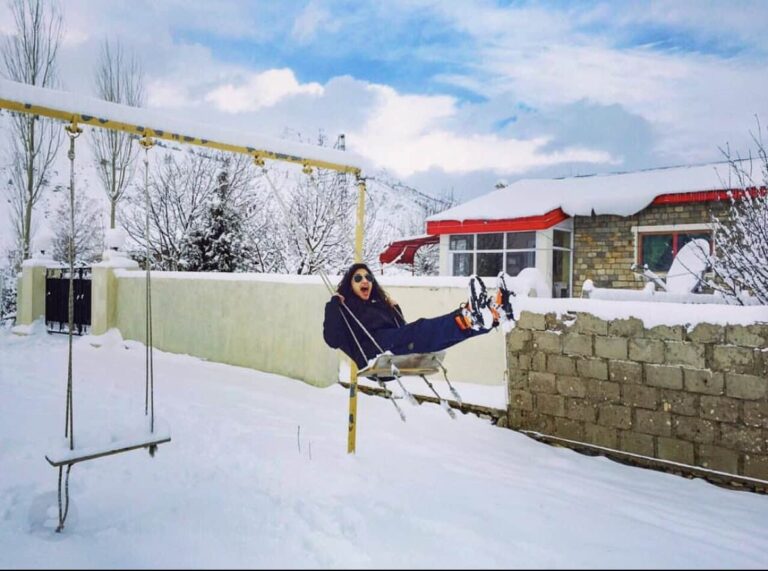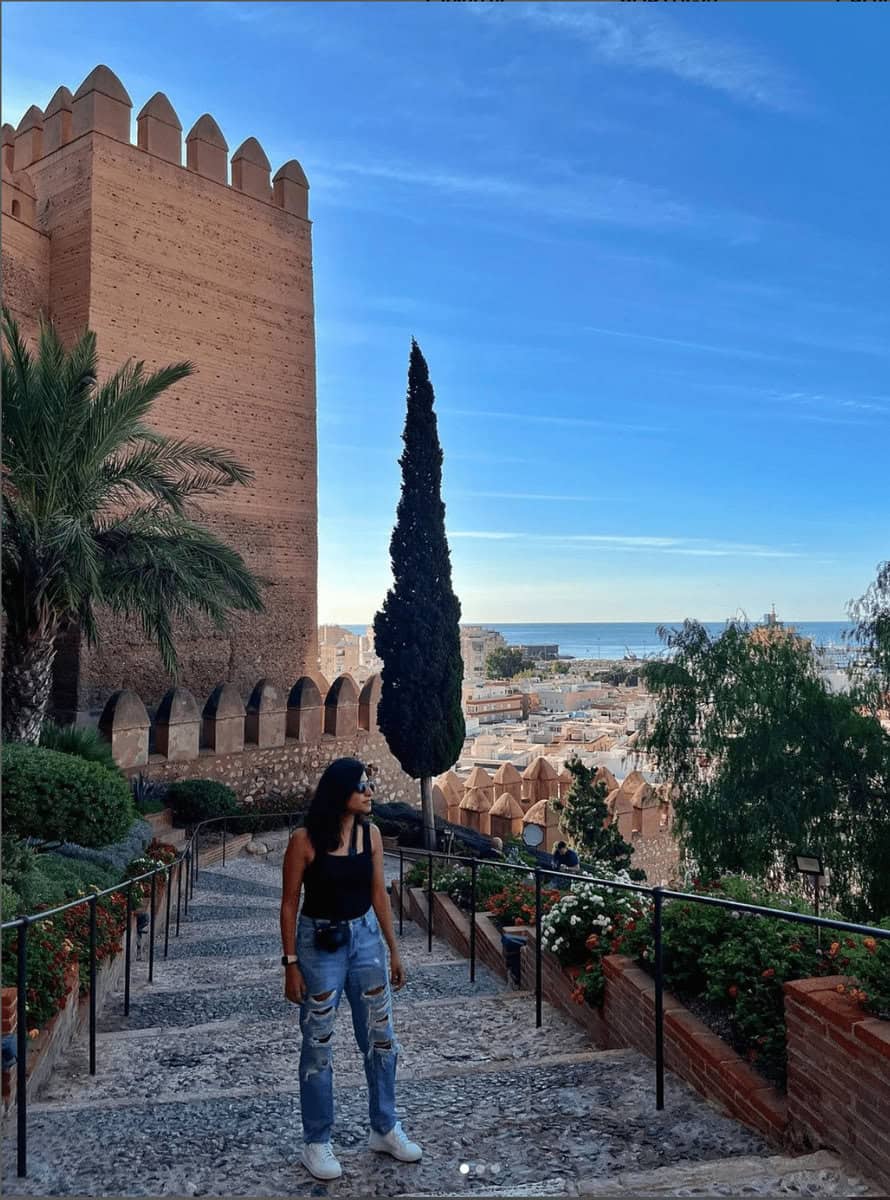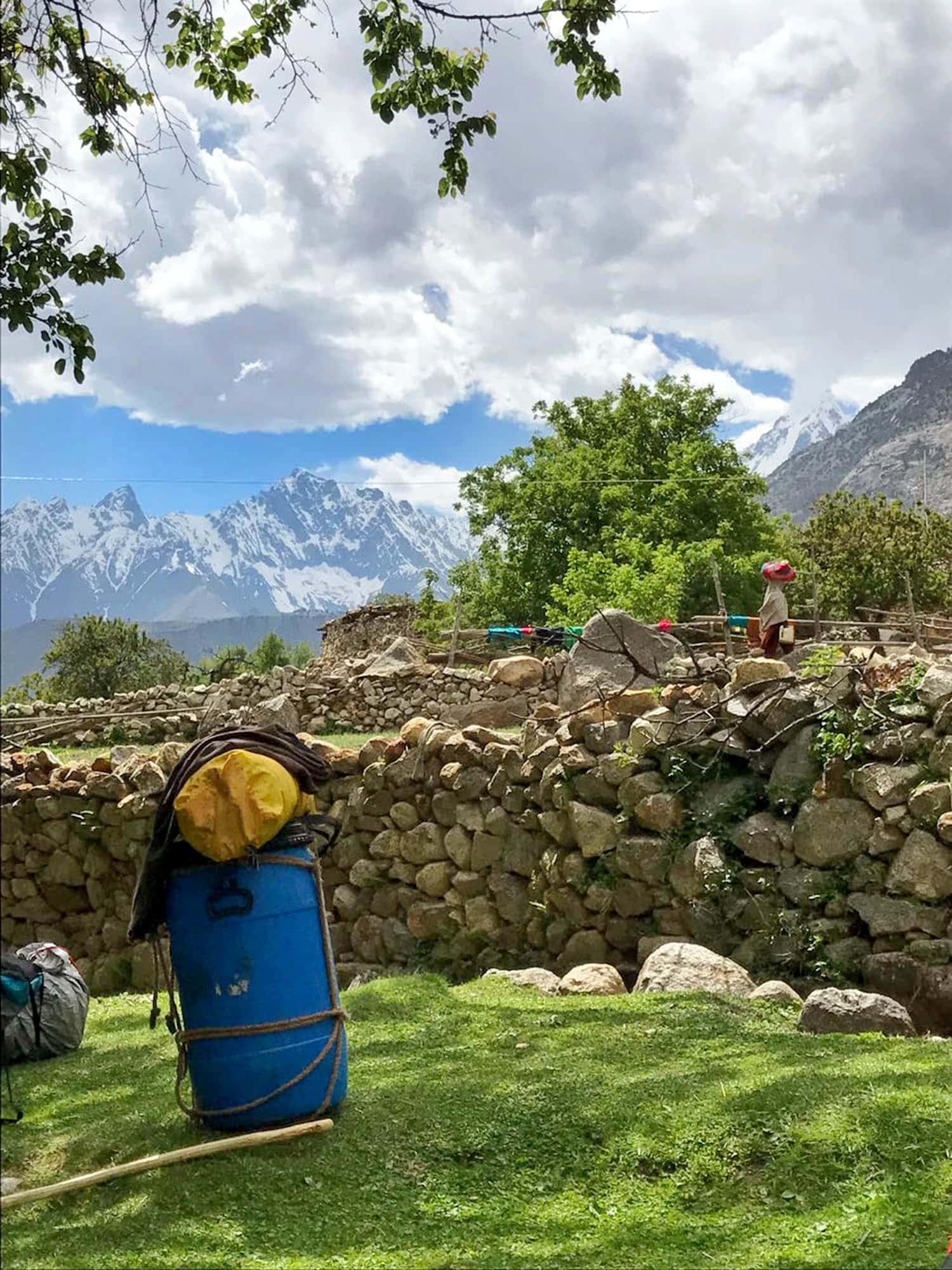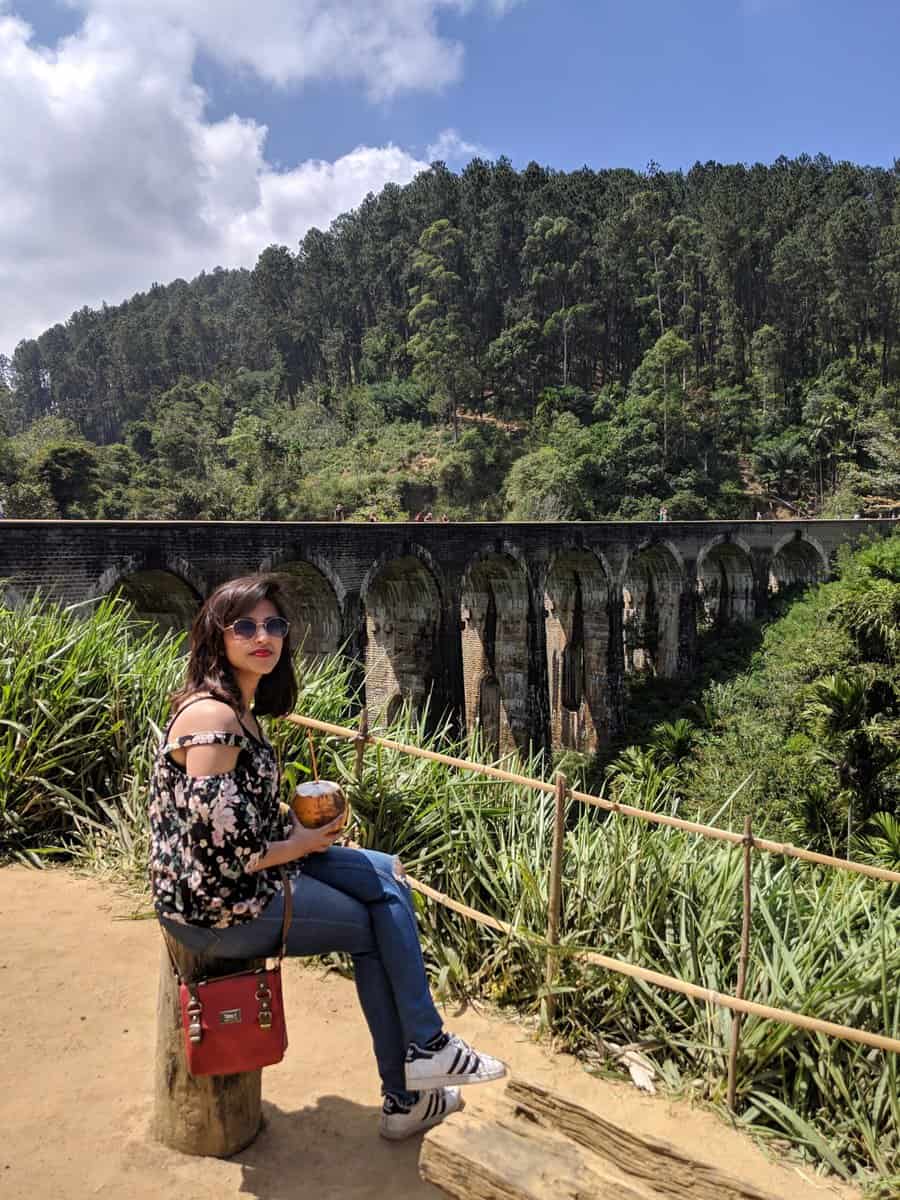navigating the world with curiosity and chai
Musafir in Transit is my little chaotic corner of the internet where I spill the good, the bad, and the “I really should have known better” moments from my travels. It’s a space for the honest, messy bits of exploring the world (and life)—alongside the incredible ones.

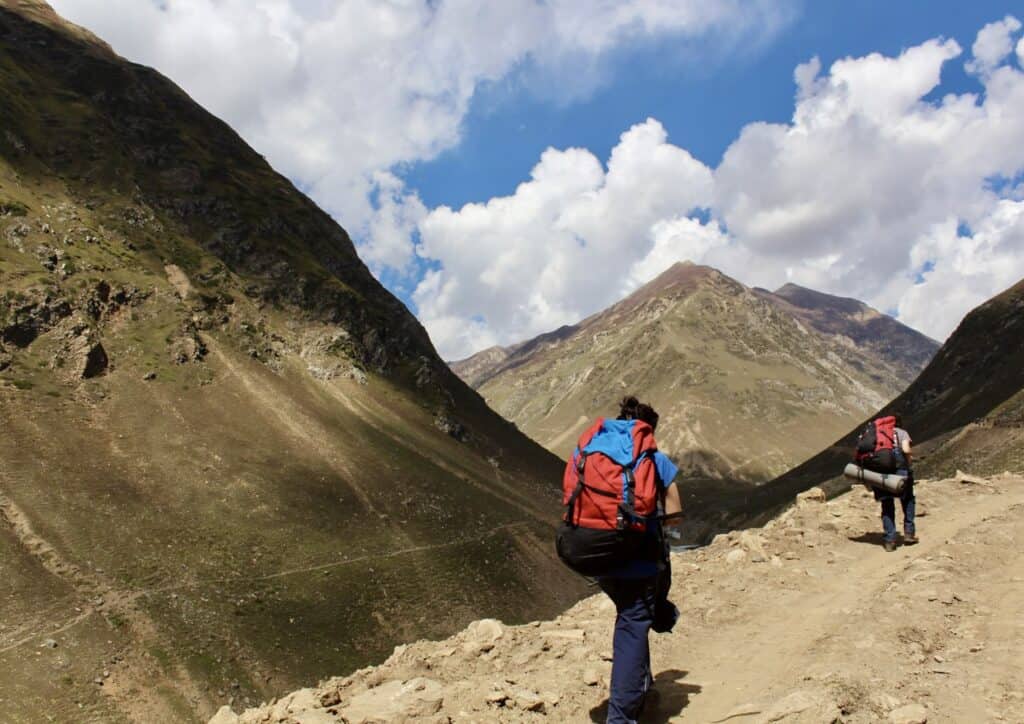
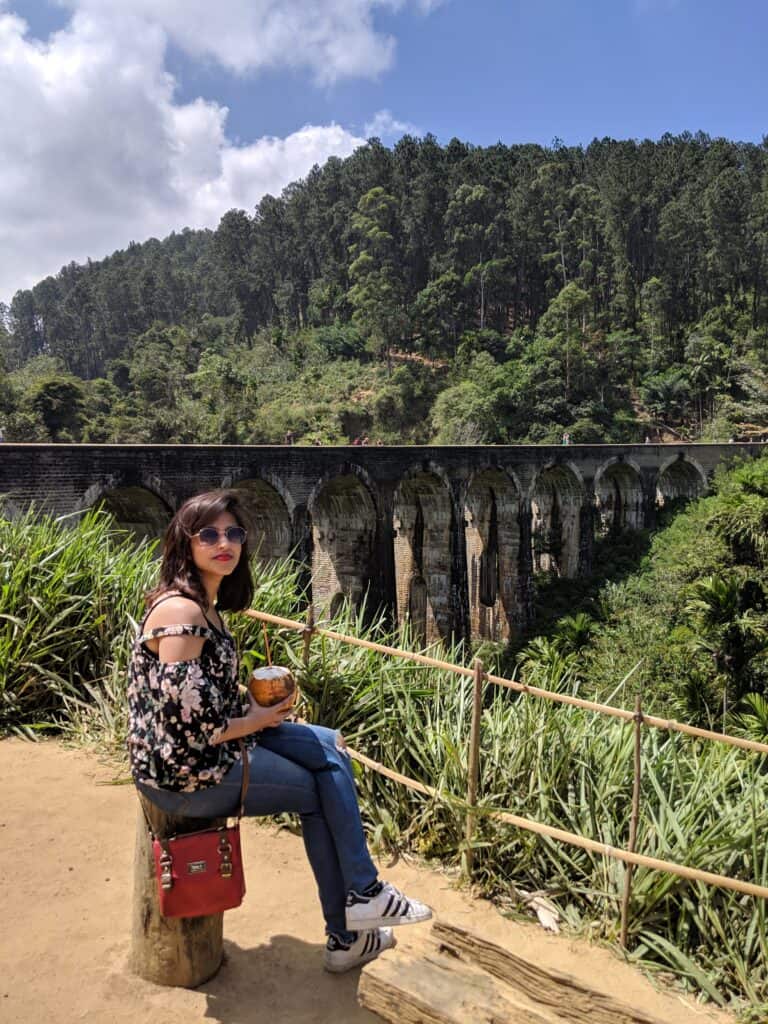

I’m glad you stopped by
Hi, I’m Hira! A Pakistani traveler navigating the world with one of the weakest passports—and somehow making it work (with a lot of planning and a little luck).
I left my corporate job in 2022, swapped office meetings for adventure and the occasional existential crisis. I’ve been to 35 countries so far and never for a second have regretted my decision of becoming a nomad.
This blog is my space to share unfiltered stories, travels gone right (and hilariously wrong), and slow travel.
Some of my favourites places
Keep up with my travel plans
Not the “lots of photos” kind of trip—this one’s fueled by 30+ hours of Khmer Rouge history podcasts.
I’m quite homesick. Can’t wait for plate of homemade biryani that tastes like comfort.




